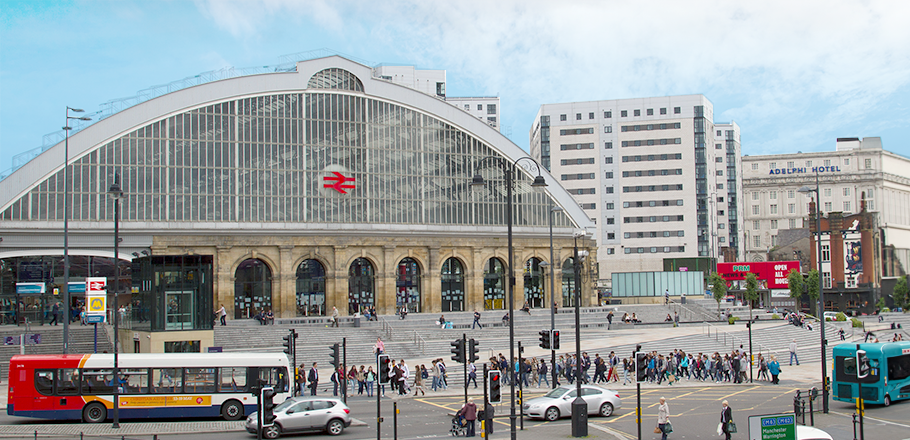
The UK remains one of the most developed regions for public area CCTV, but a tough economic outlook is putting pressure on operators.
As a result, when video infrastructure reaches the end of life, and when image quality becomes unreliable, the temptation is to reduce coverage and to slim down operations.
But when this happens, it’s not popular with voters. People value their community camera systems and recognize the role surveillance plays in keeping them safe and catching criminals. Support for public area cameras is consistently over 80%.
So, could there be a better way – and could useful lessons be learned from the powerful, flexible, and more affordable solutions that are working so well in commercial settings?
It should come as no surprise to read reports of funding tensions between public realm CCTV stakeholders – police, councils, PCCs, business improvement districts, private providers etc.
In February, for example, Somerset Council, facing a £100m funding shortfall, said its CCTV service would be able to continue only because local town and parish councils were willing to help fund cameras in their areas. In October it was reported that Chichester District Council was streamlining its CCTV as part of a £115k upgrade to a wireless solution that promised better image quality. Following consultation with Sussex Police New cameras were to be installed, but a spokesperson confirmed to the BBC that the overall number of cameras would be reduced from 65 to 27.
The question of streamlining is one that other public realm CCTV schemes are likely wrestling with too. If costs can be cut by phasing out cameras in lower risk, lower priority locations (in Chichester’s case that was said to be mainly council-owned car parks), then core surveillance coverage might be maintained.
But could a better answer be provided by a new generation of video systems – ones that are more streamlined and affordable? In some cases, these could help to maintain or even increase public area surveillance coverage.
Recent system upgrades that we’ve been involved in show how ageing infrastructure can be modernized more efficiently and sustainably than in the past, without compromising on coverage; and how workloads on monitoring teams can be reduced with easier operating systems. And they point to how advances in AI can enable further efficiencies, as well as greater capabilities.
Our new generation of video solutions might help to offset budget pressures for public CCTV systems reaching the end of life, and system owners facing the unwelcome choice of either upgrading or struggling on with tired infrastructure that’s disproportionately costly to operate.
It could also be good news for systems now in need of reconfiguration or expansion; or operators facing pressure to move away from tech vendors associated with repressive regimes (taking the same approach as Kent County Council, for example, which last year committed to phasing out controversial vendors when maintenance and upgrades are undertaken).
These options are emerging at just the right time to help maintain real time surveillance services which might otherwise be cut.
And we’ve reached the point where AI analytics can help public area surveillance too, especially if users are realistic about what automated detection and alerts can be used for. Functions such as line-cross and loitering detection can support monitoring teams in keeping watch over locations such as car parks, especially out-of-hours, to remove the need for continual viewing by operators.
The same approach to automated detection can be applied more generally to out-of-hours monitoring, where the attention of operators can be focused on only the scenes where activity is occurring, where people and/or vehicles are present.
Left object detection has obvious applications in public settings. And people counting can help in locations where crowd management is important, to allow security patrols to be coordinated more efficiently. Add in the latest mobile VMS apps, for continued system monitoring by operators and managers when they are away from the control room, and public CCTV operations can become more flexible still.
AI analytics can be added for relatively little cost using targeted edge AI cameras, or add-on AI box devices which allow analytics to be targeted on selected, priority locations.
All these functions are now working well in commercial surveillance applications, and public CCTV operators looking for ways to reduce operating costs can use them to ease staffing pressures without having to reduce coverage.